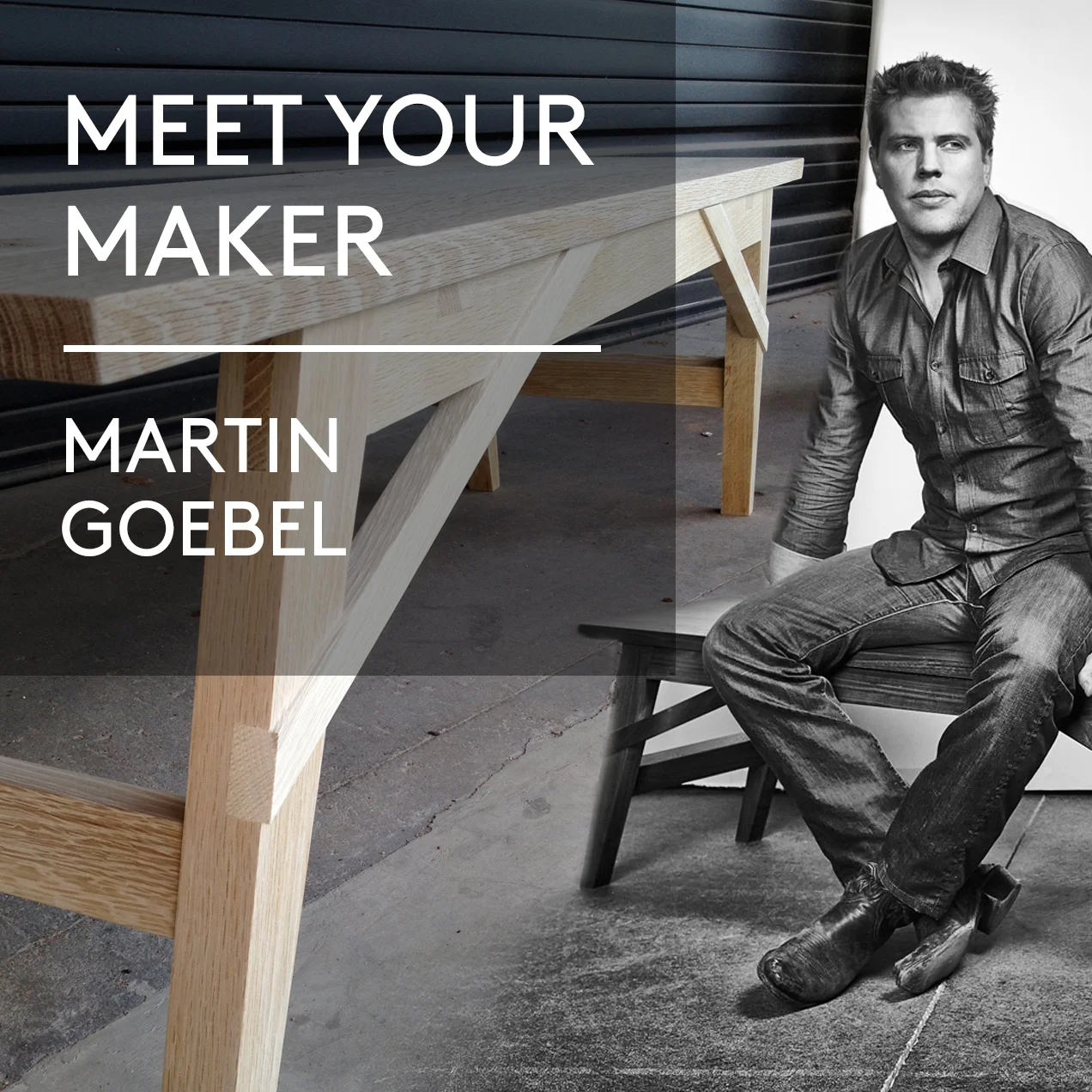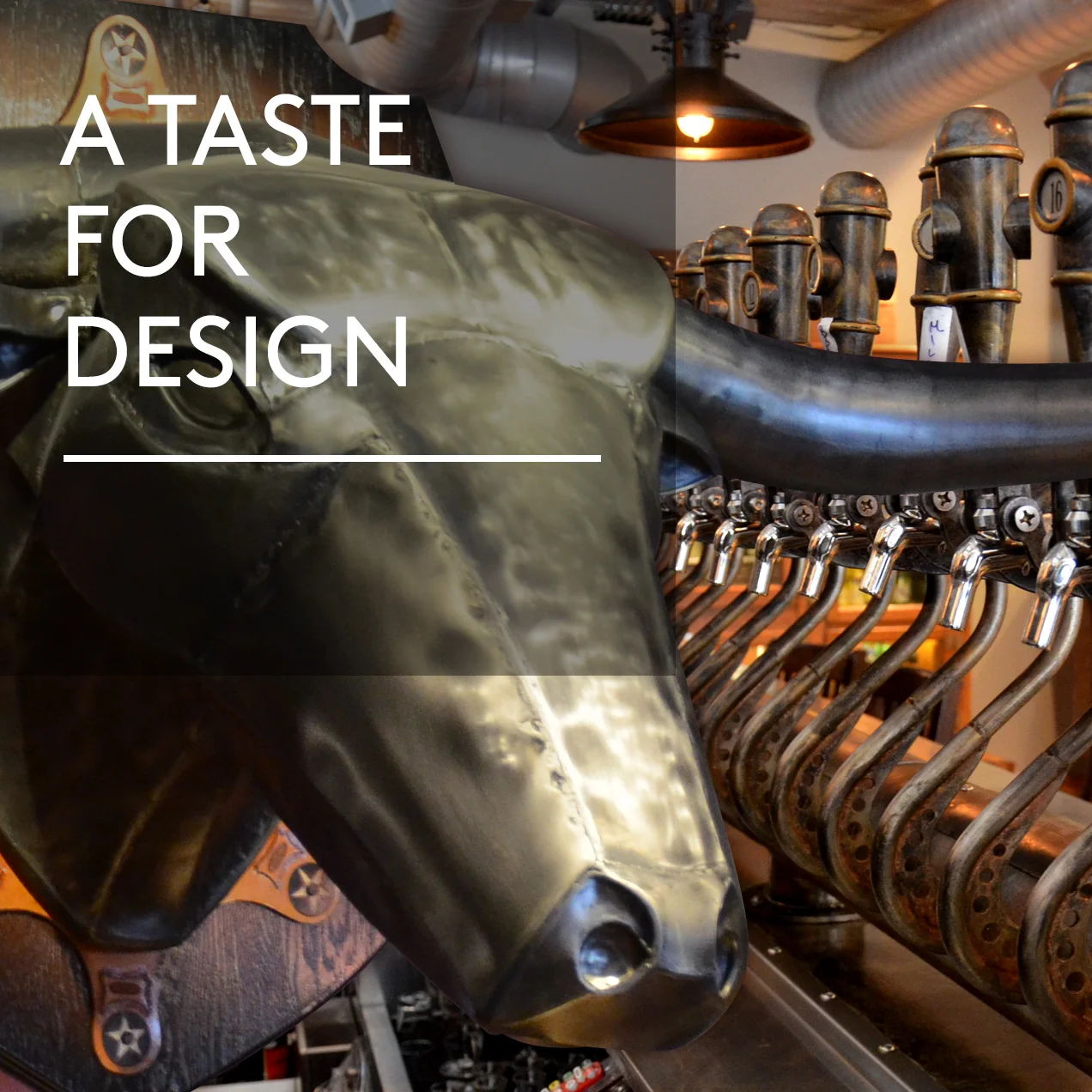With Mastery Bridge, Minneapolis Music Man Makes Good Guitars Great
/Some call him a guitar whisperer. Others, a musical genius. But to most, he’s known simply as Woody.
“My mother’s family was musical. I always had guitars around me growing up,” said John Woodland, 41, of Minneapolis. “I got my first guitar when I was 4.”
The Skinny:
- Fun Fact: Woodland estimates he’s repaired more than 15,000 guitars since he started in his 20s.
- Mastery Bridge
- Minneapolis
- masterybridge.com
That early exposure spawned a lifetime centered on music. In his early 20s, Woodland established his reputation as a guitar repairman, catching the attention of performers such as Wilco, Sean Lennon and Sonic Youth.
In the past five years, Woodland has shifted his mindset from simply fixing guitars, to making parts that help them function better.
Sean Lennon's guitar. "Woody is a guitar whisperer. He can take the wildest, most ferrel instrument you own and have it purring like a kitten in no time," Lennon said. "Regarding the Mastery Bridge, no Jazzmaster should be without one. If guitar playing was an Olympic sport, the Mastery would be a controlled substance. Musicians who used one would have an unfair advantage." Photo credit: John Woodland
In 2008 he released his own bridge design to support the strings on Jazzmaster and Jaguar guitars. Fast forward five years and Woodland’s expanded upon his original Mastery Bridge to offer six unique bridge designs, all made in Minneapolis.
For musicians who’ve entrusted their guitars to Woodland, the luthier’s extensive background is enough to make them jump on board with this project.
“It seemed pretty obvious that he had a depth of knowledge about the industry that I’d never really encountered,” said Jeff Tweedy, Wilco’s front man. “He’s replaced bridges on guitars that worked, but with the understanding that they would work better. He’s been right.”
Woodland dreamt up the original Mastery Bridge during his 10-year stint at Willie’s American Guitars, the legendary shop in St. Paul.
The design was an answer to a problem that plagued Jazzmaster and Jaguars guitars: how do you get the strings to stop slipping out of the bridge?
“I needed to make a guitar bridge that could be thrown across the stage, beat on for four hours and sweated on without rusting,” Woodland said. “I needed something that I could send Wilco out with that wouldn’t fail for them.”
He couldn’t find anything that fit the bill, so he made his own—a two-saddled bridge made of metal, with four adjustable intonation screws.
“It’s about function and form, and bringing those two things together,” said Woodland, who’s studied designers such as Frank Lloyd Wright. “[It’s] really about taking every element away from the design until it works and is adjustable to do a lot of things. I want as few parts on a guitar as possible.”
Artists like Bill Frisell, Elvis Costello, Queens of the Stone Age and Thurston Moore (pictured) use Woodland's Mastery Bridge. Photo credit: Zoran Orlic
His love of Jazzmaster guitars and drive to make them playable won him a fast friend in Nels Cline, who played a Jaguar until he got a Jazzmaster in the mid-‘90s.
“There were just little practical considerations that were overlooked in classic design that he solved,” said Wilco guitarist, Nels Cline. “I think it’s just a thing where Woody’s looking from years of experience at problems that weren’t going away, and solving them with simple design ideas.”
The adjustments on Woodland’s design helped Cline improve his sound. When you’re rocking out in front of thousands of people, you don’t want to be worrying that your guitar might let you down, Woodland said.
“The guitar bridge is a very important part of the guitar. It needs to perform under a lot of stress,” Woodland said. “I want a better user experience is what it comes down to. I [don’t] want them to be concerned with something as simple as their hardware.”
Woodland originally created the Mastery Bridge for his clients, such as Nels Cline (above). But it was Cline who convinced him to bring his product to a wider market. "I made it so apparent to him that he was solving a problem," Cline said. "When he came up with this solution for people like me, I knew that other people would be interested in trying it." Photo credit: Zoran Orlic
Woodland at the Nashville Country Music Hall of Fame with the guitar Paul Bigsby made for Merle Travis in 1948. This guitar is considered the first modern electric guitar ever made, and Woody is the only person to take it apart since Bigsby first built it. Photo credit: Andy Babiuk
"Everybody has some kind of solution to deal with the ridiculous bridge design," of the Jazzmaster guitar Nels Cline said. "If you want to actually play it, you’re going to have to get a different bridge.” Photo credit: Zoran Orlic
























